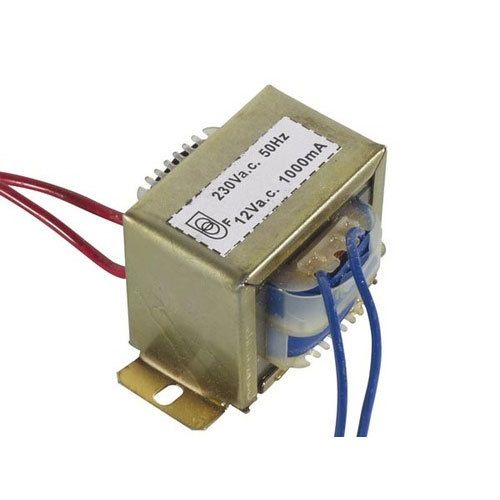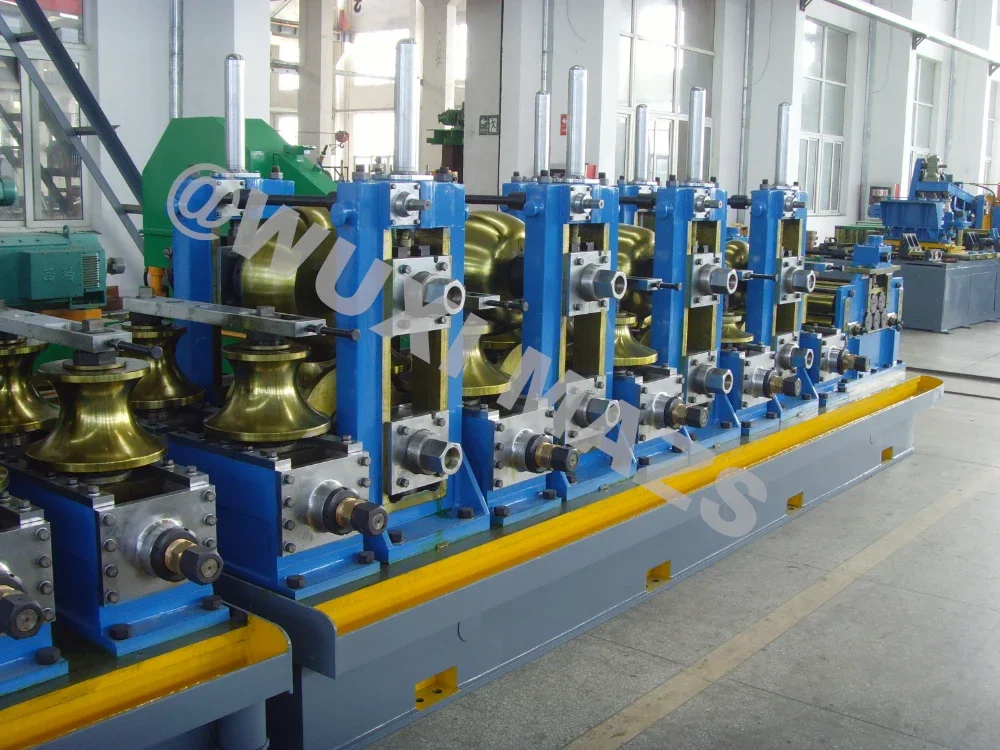
Transformers play a crucial role in electrical power systems, facilitating the efficient transmission and distribution of electricity. The efficiency of a transformer is a key factor in determining its performance and economic viability. In this blog post, we will delve into the various factors that influence the efficiency of a transformer, providing valuable insights for engineers, researchers, and enthusiasts alike.
- Core Material:
The choice of core material significantly impacts the efficiency of a transformer. High-quality magnetic materials, such as silicon steel or amorphous alloys, minimize core losses and enhance efficiency. These materials exhibit low hysteresis and eddy current losses, reducing energy dissipation and improving overall performance. - Winding Design:
The design and construction of transformer windings also contribute to its efficiency. Copper windings offer lower resistance and, consequently, lower I^2R losses compared to aluminum windings. Additionally, careful consideration of the winding arrangement, such as interleaved or multi-layered designs, can further optimize efficiency by reducing leakage flux and minimizing losses. - Cooling Mechanism:
Efficient cooling is vital for maintaining optimal transformer performance. Cooling methods, such as oil-immersed or forced-air cooling, help dissipate heat generated during operation. Effective cooling not only prevents overheating but also reduces losses associated with temperature rise, enhancing overall efficiency. - Load Factor:
The load factor, or the ratio of actual load to the rated load, significantly affects transformer efficiency. Operating a transformer at or near its rated load ensures optimal efficiency. Overloading or underloading can lead to increased losses and reduced efficiency. Proper load management and load forecasting techniques are essential for maximizing transformer efficiency. - Harmonics and Power Quality:
Harmonics, generated by non-linear loads in the electrical system, can adversely affect transformer efficiency. These harmonics cause additional losses, particularly in the core and windings. Implementing harmonic filters and power quality improvement measures can mitigate these losses and improve overall efficiency. - Maintenance and Monitoring:
Regular maintenance and monitoring are crucial for ensuring long-term efficiency. Periodic inspections, oil analysis, and temperature monitoring help identify potential issues and prevent performance degradation. Timely repairs and replacements of faulty components can restore transformer efficiency and extend its lifespan.
Conclusion:
The efficiency of a transformer is influenced by a multitude of factors, ranging from core material and winding design to cooling mechanisms and load management. By understanding and optimizing these factors, engineers can enhance transformer efficiency, reduce energy losses, and improve the overall reliability of power systems. As technology advances and new materials and techniques emerge, the quest for even greater transformer efficiency continues, driving innovation in the field.


